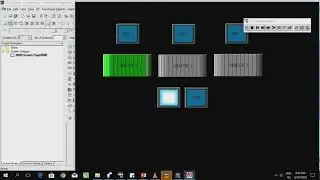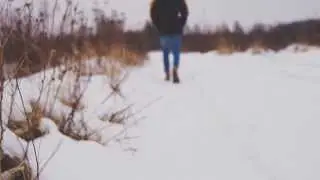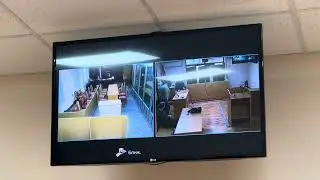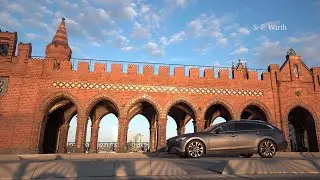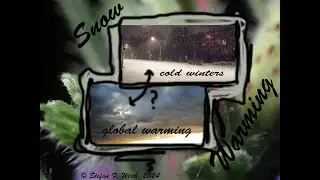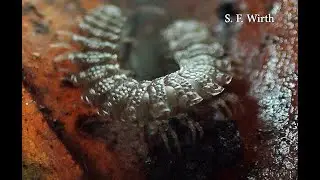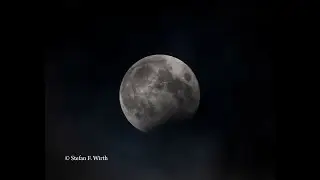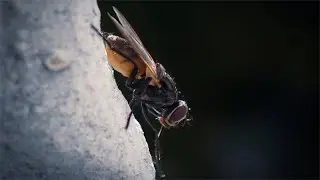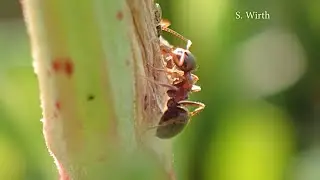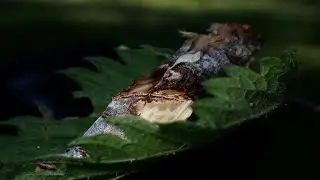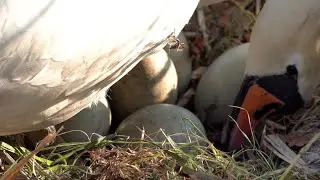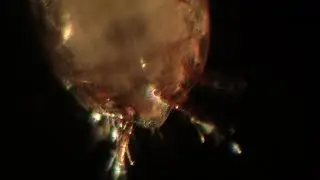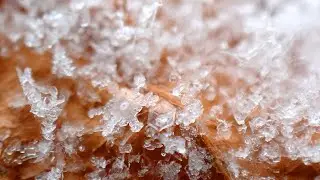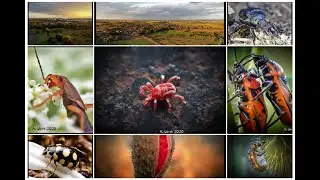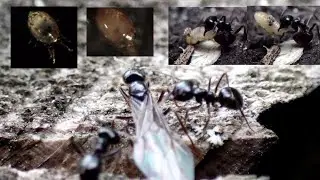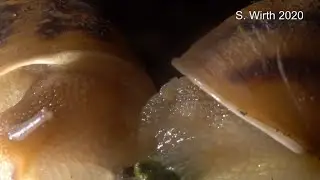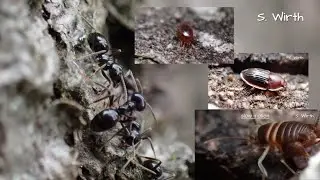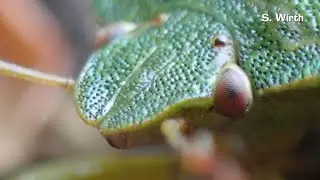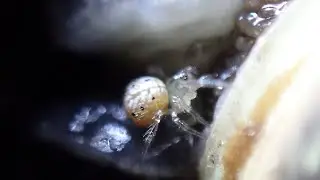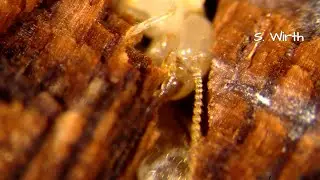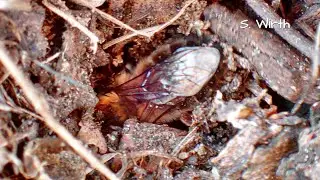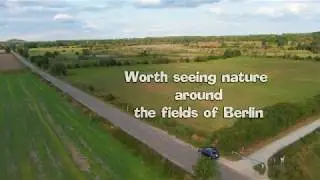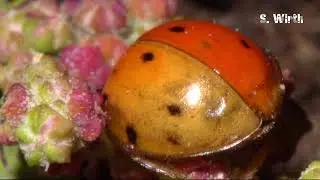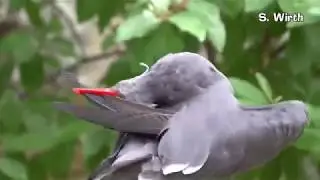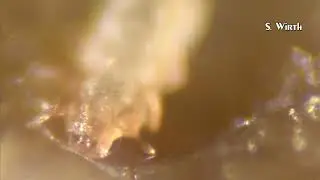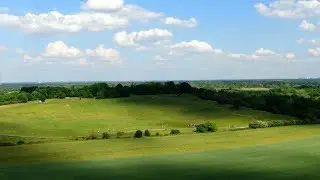Countryside of Berlin: urban green in a drone view (4K)
Many tourists from overseas use to visit European cities in a much too short time. For this reason they often miss an entire picture of for example the city Berlin, when inserting an only short interstop here. Especially winter tourists can experience the German capital as a sad a grey urban being with some architectural major sites and a remarkable party life only.
Berlin has a continental climate and shows a completely other face in summer. It's a very green face. Not only is the center of the city then colorfully greened by numerous urban parks, which partly lay almost adjacent to each other, but also the outskirts, in major parts covered by forests and grasslands or fields, appear like green oases.
Lübarser Felder is an area of agriculture, being under the management of inhabitants of the adjacent village Lübars, which represents the only Berlin village that still practices agriculture. The village has a long history and still has architectural monuments, dating back to the 19th century. Lübarser Felder lay adjacent to a nature refuge area more in the north, consisting of different kinds of wetlands, such as bog meadows or lowland fens. Lake Köppcensee as part of that nature refuge area is visible from a bigger distance in one scene of my video.
The sanddune-mounts Püttberge are located in the east of Berlin and belong to the nature refuge area Wilhelmshagen-Woltersdorfer Dünenzug. The area consists of sandy mounts, some of them reaching a height of up to 68 meters. They are part of the glacial valley of Berlin, which dates back to the Weichselian glaciation, which happend between 115,000 and 11,700 years ago and covered almost the whole Northern Europe. The dune elevations of Püttberge were formed due to windblown sand inside the glacial valley. My footage shows the Wilhelmshagen-Woltersdorfer Dünenzug in a greater distance seen from the edge of the whole area. Ecologically the Püttberge are characterized by numerous plants and animals, being typical for sanddune environments.
Lieper Bucht is a bathing beach area at river Havel, belonging to the Berlin city district Nikolassee in the South-West of Berlin. The adjacent forest area is the huge urban forest Grunewald. The riverside of Havel in Berlin is geologically charactrized as sandy with a tendency to the formation of dunes, being like Püttberge a relict of the Weichselian glaciation. Flora and fauna are correspondingly composed. Pine trees for example are typical representatives. The nearby Havel islands Lindwerder and Schwanenwerder are visibe in my footage.
Berlin, June 2019
Copyrights Stefan F. Wirth
Watch video Countryside of Berlin: urban green in a drone view (4K) online, duration hours minute second in high quality that is uploaded to the channel Stefan F. Wirth 19 June 2019. Share the link to the video on social media so that your subscribers and friends will also watch this video. This video clip has been viewed 1,376 times and liked it 17 visitors.
